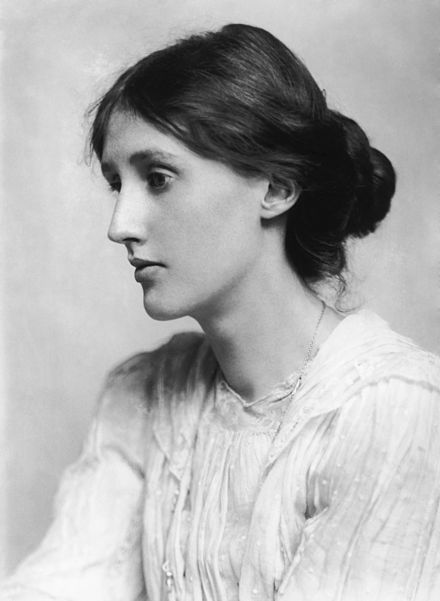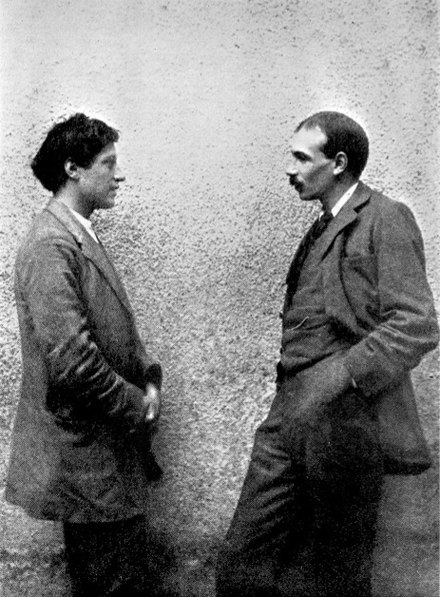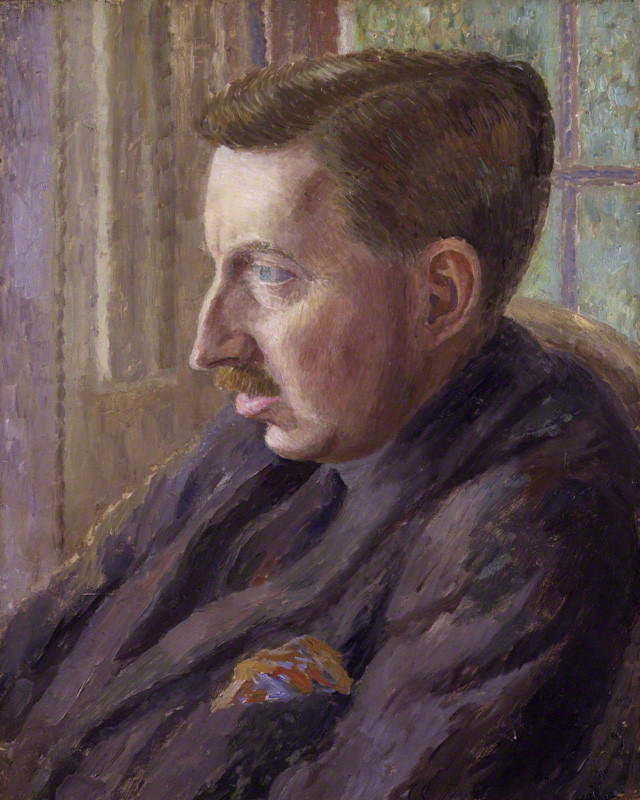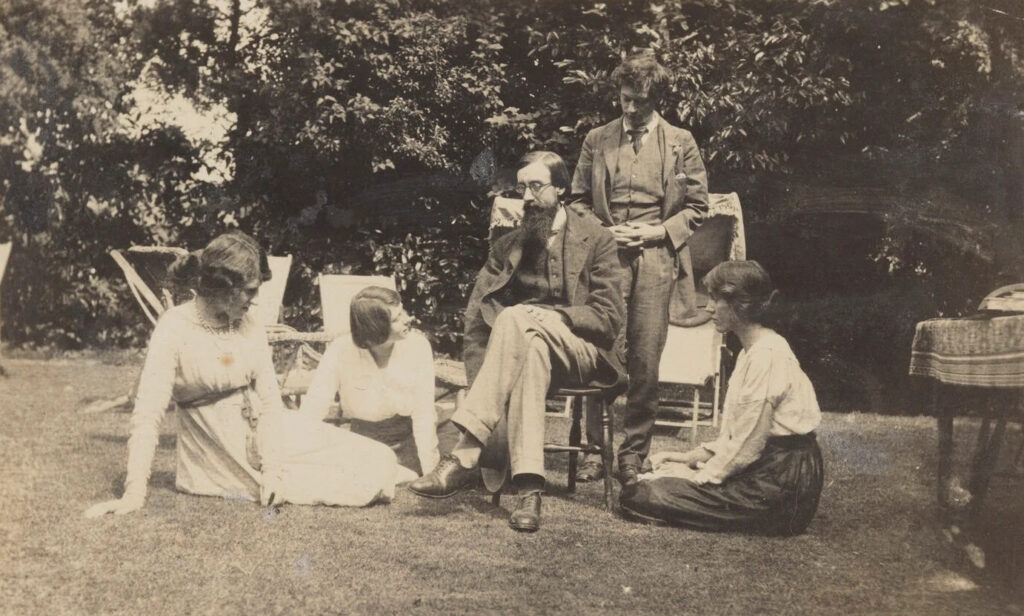By Brian Boone
The Bloomsbury Group is a collective of early 20th century writers that produced some of the most important and prominent authors of all time. Some of them made great strides for LGBT representation, depiction, and rights — decades before it was socially acceptable to do so. Pride Month is here — so here’s a brief look at the impact of the Bloomsbury Group.
BACKGROUND
Sir Leslie Stephen edited England’s Dictionary of National Biography, but upon his death in 1904, his children, all of them academics and artists, moved from the family’s estate in Kensington to the dilapidated London neighborhood of Bloomsbury. The informally, home-educated Virginia Stephen took a leading role in gathering young academics, most of whom had studied at Trinity College and King’s College, to form a regular salon, where they discussed politics, literature, and big ideas. That group became known as the Bloomsbury Group, and it counted among its members several future progressive literary and philosophical legends, including economist John Maynard Keynes, novelist E.M. Forster, editor Leonard Woolf, and Virginia Stephen, who’d marry one of her cohorts and publish under the name Virginia Woolf.
Check out Virginia Woolf's famous novel!

WOOLF AND ORLANDO
Virginia Woolf was married to her male editor, publisher, and champion, but openly conducted relationships with other women throughout her years as a public figure. In 1928, Woolf published Orlando: A Biography, a skewering of English history and its literature about a seemingly immortal poet who changes gender at will as they make and are privy to much great art over the centuries. Woolf’s inspiration for her charming and heralded protagonist: poet Vita Sackville-West, a close friend and romantic partner.
KEYNES AND KEYNESIAN ECONOMICS
The dominant economic theory in Western democracies is called Keynesian economics, and it deals with how demand and spending affect production and control inflation. Many of the underlying ideas of the system were new and radical when they were proposed by chief theorist and mathematician John Maynard Keynes, a member of the Bloomsbury Group, a set so progressive for early 20th century England that its members didn’t care about another controversial part of Keynes life — that he had same-sex affairs, including with Bloomsbury Group painter and designer Duncan Grant. Same-sex relationships among group members were commonplace, with Keynes himself taking up with biographer Lytton Strachey. Keynes’ orientation was so well known among intellectual circles that some critics used it to discredit his ideas, albeit shrouded in euphemism. Detractors alleged that the long-term effects of Keynesian economics could be catastrophic, but that the economist himself didn’t care because he didn’t have any children he needed to worry about.


FORSTER AND MAURICE
The career of E.M. Forster overlaps two disparate eras of British literature and culture, and his works helped drive change. Born in the staid and conservative Victorian era of the late 19th century, he’d experience and write about those strict cultural mores as well as two World Wars. His most famous novels, Howards End, A Room with a View, and A Passage to India, depict the extravagance and formality of the late 19th and early 20th century, and how Britons uncomfortably dealt with the slow social revolutions unfolding at the time, particularly in regard to relationships. In 1912, Forster attempted to publish Maurice, a same-sex romance reflecting his own feelings and experiences (he identified as a gay man) but was prohibited from doing so. It wouldn’t see print until 1971 — a year after Forster’s death.
Canterbury Classics is thrilled to publish two works by LGBT pioneer and literary great Virginia Woolf. Mrs. Dalloway is available now and To the Lighthouse arrives on our imprint at the end of June 2023.









